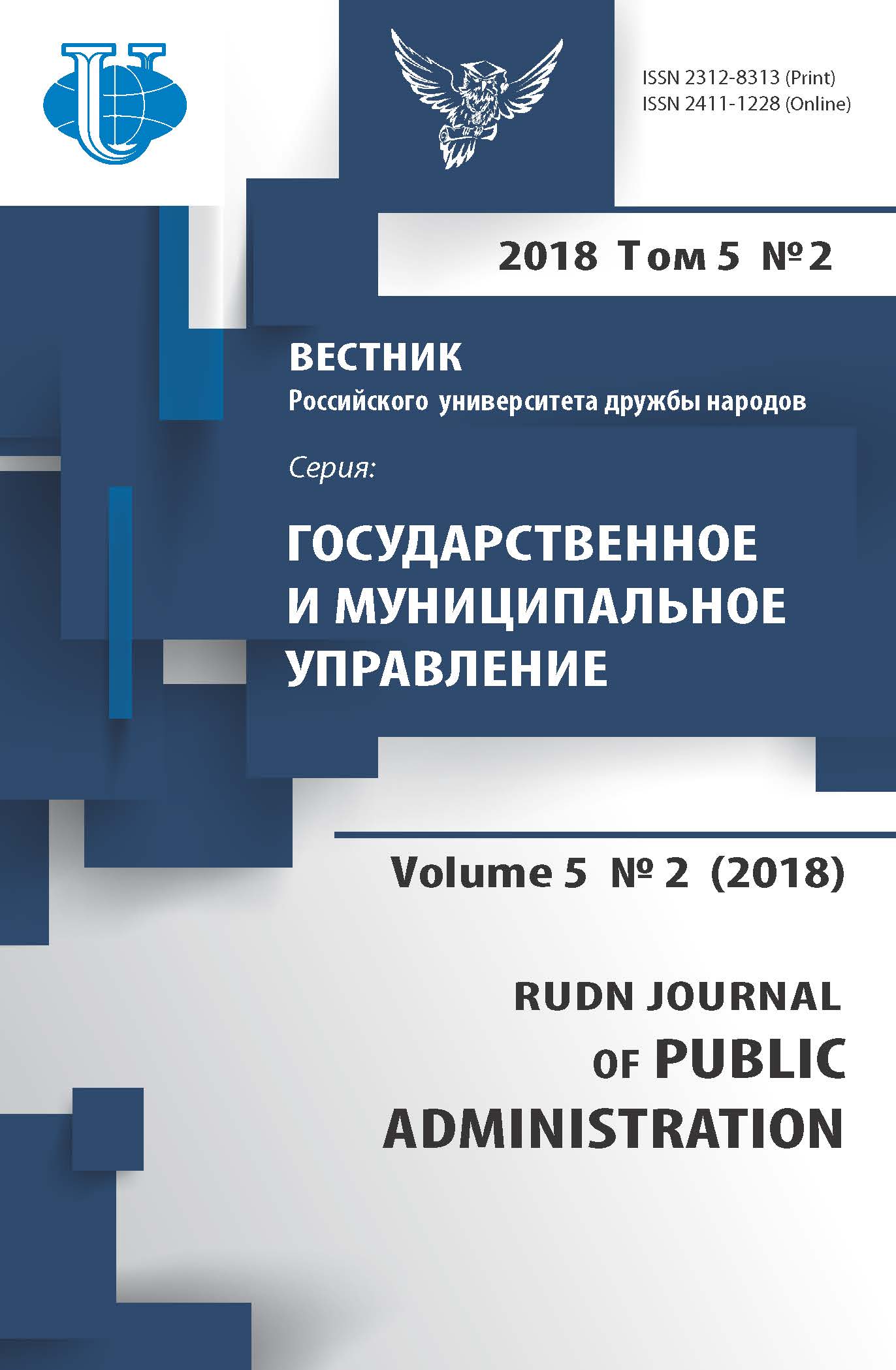Prospects for using Internet of things technology for automatingstatistical data collection
- Authors: Alexandrov OV1, Dobrolyubova EI2
-
Affiliations:
- CEFC Group
- Russian Presidential Academy of National Economy and Public Administration
- Issue: Vol 5, No 2 (2018)
- Pages: 125-134
- Section: Public administration: theory and practice
- URL: https://journals.rudn.ru/public-administration/article/view/20570
- DOI: https://doi.org/10.22363/2312-8313-2018-5-2-125-134
Cite item
Full Text
Abstract
Today, despite the high administrative costs both to businesses and to the state, statistical data is collected and published with a considerable time lag. This limits the possibilities of using the statistical data in the decision-making process by corporations and hinders the use of statistical data for developing and monitoring the implementation of public policy. The existing digital technologies allow for significant optimization of the current practices for statistical data collection and processing. Based on the existing limits, the article proposes a set of regulatory measures promoting the application of digital technologies for collecting and processing of statistical and other types of data that is submitted by enterprises and entrepreneurs to the state bodies. The transition from submitting forms (as a part of statistical, accounting, tax reporting, etc.) to implementing automatic real time data exchange between the enterprises and state bodies based on Internet of Things technology is justified. Implementation of the proposed measures would help to decrease the existing administrative costs in the economy and improve the quality and timeliness of the data used for decision-making.
Keywords
About the authors
O V Alexandrov
CEFC Group
Author for correspondence.
Email: aleksandrov@cefc.ru
-
11/1 Sadovaya-Kudrinskaya St., Moscow, 123001, RussiaE I Dobrolyubova
Russian Presidential Academy of National Economy and Public Administration
Email: dobrolyubova-ei@ranepa.ru
-
82 Vernadsky pr., Moscow, 119571, RussiaReferences
- Barua A., Mani D., Mukherjee R. (2010) Impacts of effective data on business innovation and growth. University of Texas at Austin. URL: http://www.businesswire.com/ news/home/20100927005388/en/Sybase-University-Texas-Study-Reveals-IncrementalImprovements (accessed on: 08.05.2018).
- Brynjolfsson E., Hitt L.M. and Kim H.H. (2011) Strength in Numbers: How Does Data – Driven Decision making Affect Firm Performance? Social Science Research Network (SSRN). URL: http://papers.ssrn.com/sol3/papers.cfm?abstract_id=1819486 (accessed on: 01.03.2018).
- Citigroup-Oxford Martin School (2015). Technology at Work: The Future of Innovation and Employment. 2015. URL: http://www.oxfordmartin.ox.ac.uk/publications/view/ 1883 (accessed on: 01.11.2017).
- Dobrolyubova E., Alexandrov O., Yefremov A. (2017) Is Russia Ready for Digital Transformation? In: Alexandrov D., Boukhanovsky A., ChugunovA., Kabanov Y., Koltsova O. (eds) Digital Transformation and Global Society. DTGS 2017. Communications in Computer and Information Science, vol. 745. Springer.
- Fitzgerald G. and M. FitzGibbon (2014). A Comparative Analysis of Traditional and Digital Data Collection Methods in Social Research in LDCs – Case Studies Exploring Implications for Participation, Empowerment, and (mis)Understandings. URL: http:// www.validnutrition.org/wp-content/uploads/2015/03/A-Comparative-Analysis-ofTraditional-and-Digital-Data-Collection-Methods.pdf (accessed on: 10.05.2018).
- Hirai B. (2016) Online Data Collection for Statistical Surveys in the Government of Japan. URL: http://www.soumu.go.jp/main_content/000327473.pdf (accessed on: 12.05.2018).
- Higher School of Economics (2018) Raschet izderzhek respondentov na predostavlenie statisticheskoj otchetnosti. [Calculating the costs of respondents for providing statistical reporting] Materialy Kruglogo stola «Izderzhki sbora oficial’noj statistiki dlya predpriyatij i organizacij». [Materials of the Round Table Costs of collecting official statistics for businesses and organizations]. January 25, 2018.
- OECD (2017). Key Issues for Digital Transformation in the G20. URL: http://www. oecd.org/G20/key-issues-for-digital-transformation-in-the-G20.pdf (accessed on: 08.05.2018).
- Plaksin S., Abdrakhmanova G., Kovaleva G. (2017). Approaches to Defining and Measuring Russia’s Internet Economy. Foresight and STI Governance, vol. 11, no 1, pp. 55–65.
- Rudykh E.S. Cifrovaya ehkonomika: kurs v 2017 god [Digital economy: ahead to 2017]. URL: http://files.runet-id.com/2016/itogi2016/presentations/14dec.itogi2016-1-12-3013-30--rydih.pdf (accessed on: 08.05.2018).
- UK Department for Culture, Media, and Sport (2016). Digital Sector Economic Estimates. https://www.gov.uk/government/uploads/system/uploads/attachment_data/file/503666/ Digital_Sector_Economic_Estimates_-_January_2016_Revised.pdf (accessed on: 08.05.2018).
- UK Government Office for Science (2014). The Internet of Things: making the most of the Second Digital Revolution. URL: https://www.gov.uk/government/uploads/ system/uploads/attachment_data/file/409774/14-1230-internet-of-things-review.pdf (accessed on: 02.05.2018).
- UK Office of National Statistics (2017). Data Collection Transformation Programme URL: https://www.ons.gov.uk/aboutus/whatwedo/programmesandprojects/datacollectio ntransformationprogrammedctp (accessed on: 16.05.2018).
- World Bank (2016). Digital Dividends. World Development Report. –http://documents. worldbank.org/curated/en/896971468194972881/pdf/102725-PUBReplacementPUBLIC.pdf (accessed on: 01.03.2018).
















